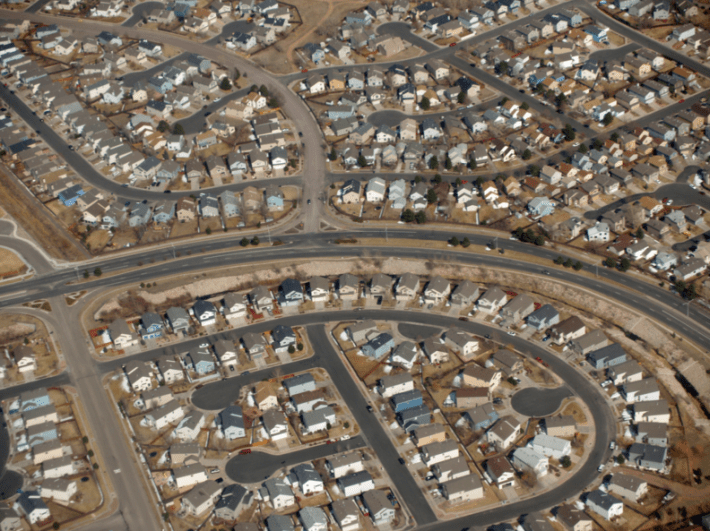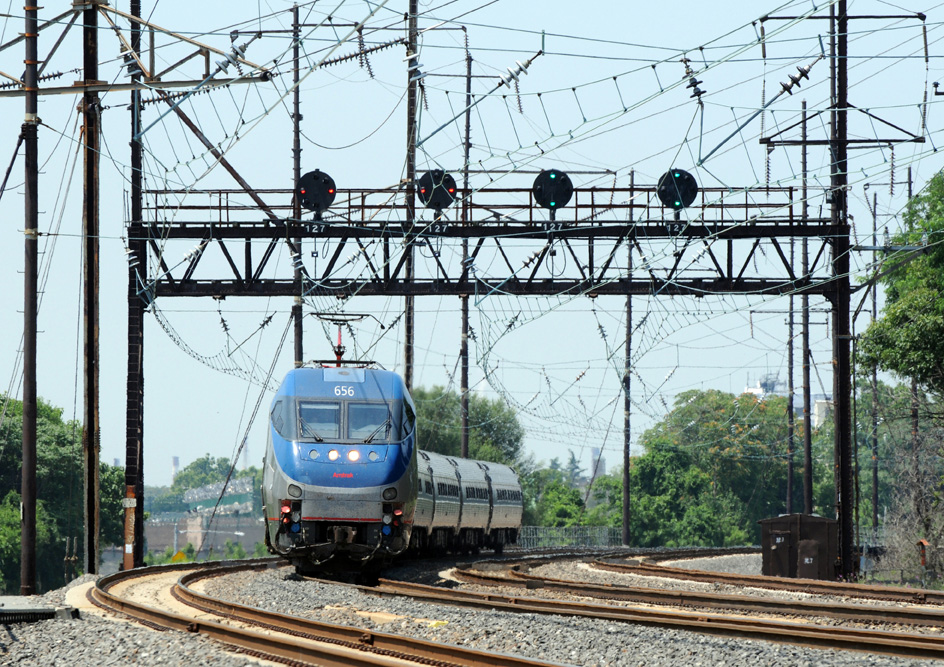As of last month, it costs more to buy a home on the sprawling edges of Canada's third-largest city.

Under a new rule, Calgary assesses a higher water fee on developers building homes in greenfield locations than on new homes in developed areas, to reflect the higher cost of providing infrastructure in spread-out locations. Mayor Naheed Nenshi and the City Council approved the new fee structure unanimously earlier this year.
Between 2000 and 2010 Calgary's regional population boomed, the Calgary Herald reports, incurring major costs to build water infrastructure for an expanding residential area. Now payments on $1.3 billion in borrowing for water infrastructure are coming due.
In response, Nenshi proposed issuing fees to new home developers that reflect the true cost of providing water. Todd Litman of the Victoria Policy Institute, which has produced reports about the cost of sprawl [PDF], said on Facebook that Calgary's fee structure is right on the money.
The city began phasing in the higher fee for greenfield development February 1 and will gradually increase it until in 2018.
Initially, pushback from builders "was enormous," according to the Herald. But by the time the new fee structure passed the City Council, developers begun to come to terms with it. “Our collective job is to make sure we’ve done the best we can at reducing those costs whenever we can," Chris Ollenberger of commercial real estate association NAIOP told the Herald. "But there is a cost to growth and we need to be responsible about it.”





